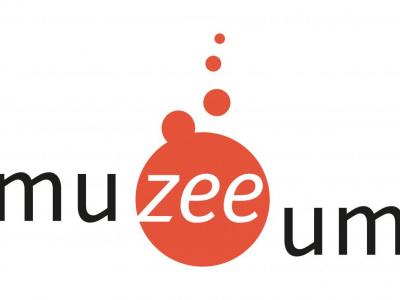mu-zee-um is an art educative organization for the promotion and the stimulation of the exchange between art(ist)s and the public. We do this by organizing and creating educative projects and sessions on local, regional, national, and international levels.
Art is for mu-zee-um the means by excellence to prompt people of all ages to initiative, creativity, and reflection.
MUSEUM DE LUX was an event organized on the International Day of People with Disabilities by mu-zee-um vzw in Mu.ZEE. the museum for modern and contemporary art in Belgium. mu-zee-um organized this day to present all kinds of methods suited for several target groups of people with a disability to make culture accessible and inclusive for everybody. By adjusting some things in the museum, all people can take part in cultural life.
There were 4 target groups who were the main guests during this event: People with autism, people with hearing loss, blind people, and people with intellectual disabilities.
Besides these educational elements, Museum de Lux was also a celebration with a dance performance of people with intellectual disabilities and a concert of the band Dreun which counts people with disabilities and without disabilities.
In general the method focuses on senses...
People with autism: people with autism can experience more stimuli than people without. A full booked museum with many different things to do can make the people feel anxious or overwhelmed. For this there are two solutions – open the museum before other visitors can enter OR communicate to the people that it might get busy and in case they feel overwhelmed, they just communicate about it.
People with hearing loss: One of the senses can’t be used properly, but it also means that the other senses can be used better and more intense. By also providing information in sign language or easy language (written), it can make the visit more reachable.
Blind people : One of the senses can’t be used properly, but it also means that other senses can be used better and more intensive. By providing elements people can touch e.g. swell drawings or a plaster relief of a painting (where dark and light aspect are indicated by rough or soft feelings), they can experience the art peace too. Guides can also explain the art piece by telling in a structured way what is on the painting.
People with intellectual disabilities: For this target group the sensory box was invented. A sensory box gives the visitor the possibility to experience the museum/exhibition in an active/interactive way, with a low threshold. The objects used in this box are tools to help the visitor interacting with the guide and the artwork, with the help of their senses. Together with the guide they explore and think about what the artwork can mean, if it makes them happy or sad, which memories can be linked,...

 mu-zee-um vzw
mu-zee-um vzw